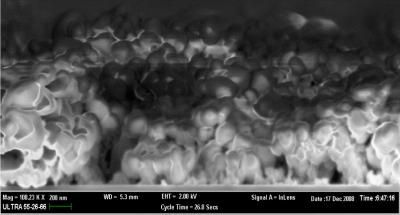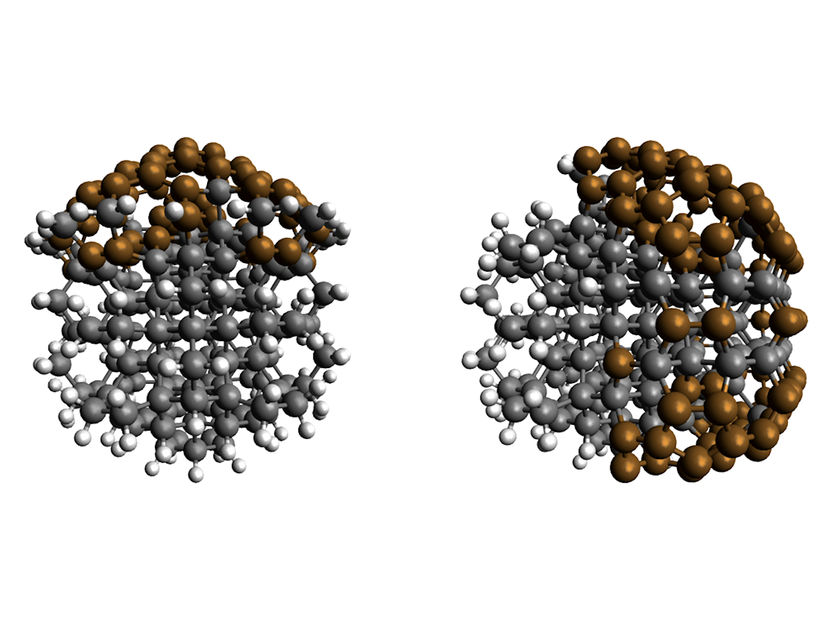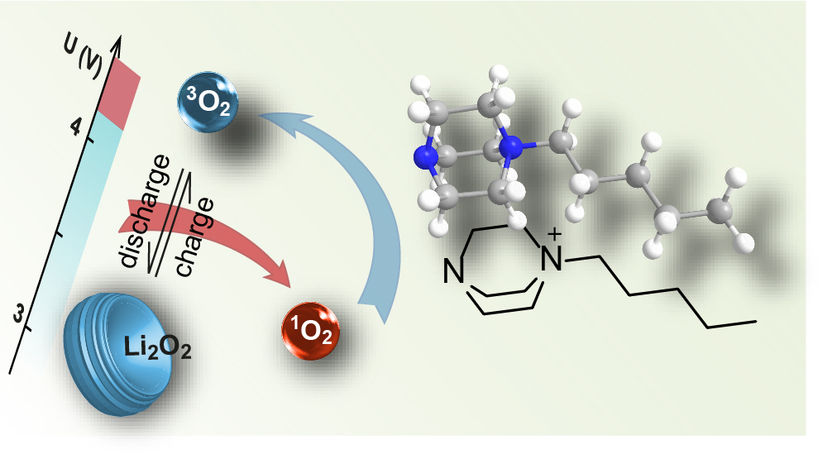Feeling the force between sand grains
For the first time, Lawrence Livermore National Laboratory (LLNL) researchers have measured how forces move through 3D granular materials, determining how this important class of materials might pack and behave in processes throughout nature and industry.

LLNL researchers have measured how force moves through 3D granular materials such as sand and soil.
Photo by Sean O’Flaherty.
Granular materials such as sand, soil and rice exist everywhere around us. However, scientists and engineers do not yet fully understand how external forces move through these materials. The ability to quantify that force transmission is missing, yet critical in efforts to predict material behavior.
Using X-ray diffraction, computed tomography and new mathematical analysis, the team measured how forces move through a slowly compressed, opaque 3D granular material. The new technique confirmed that forces move spatially through granular materials in patterns that agree with theory and simulations, and tend to behave more uniformly as load is increased.
"Understanding how forces move through granular materials is important for building models and predicting the behavior of geologic materials such as sands and soils (e.g., when they fracture and flow during hydraulic fracturing and when they are penetrated to defeat buried enemy targets)," said Ryan Hurley , a LLNL scientist.
Hurley also said that the research is relevant to the packing properties of everything from pharmaceutical pills, food grains in silos and additive manufacturing powders.
In their experiments, the researchers found that the various mathematical tools scientists use to understand these patterns are incomplete and often conflicting.
"The research sets the stage for further characterizing forces in larger 3D granular systems under more varied loading conditions," Hurley said. "This characterization will enable more predictive modeling of processes throughout nature and industry."
Original publication
Other news from the department science

Get the chemical industry in your inbox
By submitting this form you agree that LUMITOS AG will send you the newsletter(s) selected above by email. Your data will not be passed on to third parties. Your data will be stored and processed in accordance with our data protection regulations. LUMITOS may contact you by email for the purpose of advertising or market and opinion surveys. You can revoke your consent at any time without giving reasons to LUMITOS AG, Ernst-Augustin-Str. 2, 12489 Berlin, Germany or by e-mail at revoke@lumitos.com with effect for the future. In addition, each email contains a link to unsubscribe from the corresponding newsletter.
Most read news
More news from our other portals
Last viewed contents

New approach to solar cells

Efficiently and Sustainably Killing Bacteria - Electrocatalytic sterilization: nanowires produce localized highly alkaline microenvironments

BRAIN Biotechnology Research And Information Network AG - Zwingenberg, Germany

Nanodiamonds can be activated as photocatalysts with sunlight - These inexpensive materials could be a key to further processing CO₂ into valuable hydrocarbons with sunlight in the future

New breakthroughs in research on super-batteries - Researchers have discovered a means of suppressing singlet oxygen formation in lithium-oxygen batteries
Second quarter impacted by declines in glyphosate business - Group sales fall by 8.2 percent (Fx & portfolio adj.) to 11.044 billion euros

CG Drives & Automation - Wernigerode, Germany
scienceindustries - Zürich, Switzerland
Bohui Innovation Biotechnology will acquire the Interchim group

Battery analytics - Characterization of raw materials & semi-finished products for battery industry
European Aliphatic Isocyanate Producers Association (ALIPA) - Brüssel, Belgium




























































